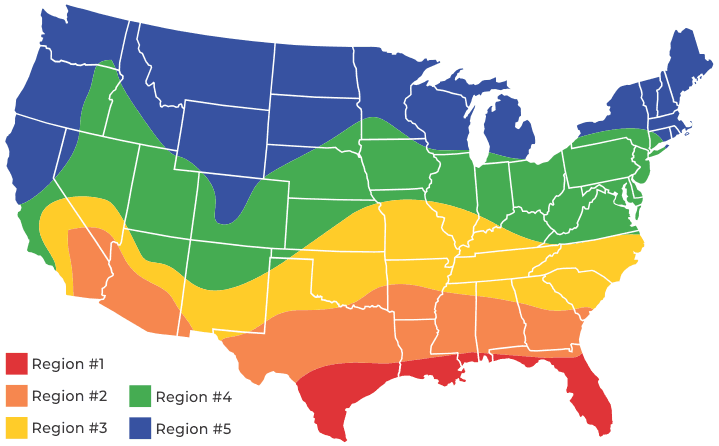Cooling Savings
SEER vs SEER on a BTU Air Conditioner *
- 5-YRS
- 10-YRS
- 15-YRS
Annual Energy Cost - New: 0.00 / Current: 0.00

Energy Savings Calculator
An energy-efficient mini split offers numerous benefits, from effective indoor temperature control to lowered carbon footprints. It also saves you money. Heating and cooling systems require a substantial amount of heat energy to operate and optimally create your desired indoor atmosphere. However, many factors affect the heat energy used within your device. Leaks, long travel vents, and poor-quality equipment structure increase your chances of losing energy. They require your system to work double time and use more resources than necessary to make up for the missing energy supply.
Energy-efficient mini splits find a way to efficiently use energy, minimize leaks, and run optimally with less supply. The less input needed to run your cooling and heating, the lower your utility bills.
Knowing your mini split's efficiency and cooling savings helps you track your energy usage, costs, and environmental footprint. However, crunching the numbers doesn't come so easily. It involves some meticulous calculations and considerations of the various external factors that influence a system's energy efficiency. Some potential anomalies include the size of your space, your location, and any other home features.
Our energy savings calculator helps you estimate the efficiency of your new mini split and your annual energy cost compared to your current system (please note the disclaimer at the bottom of this page). It takes into account:
- Your region's cooling hours (as shown on the map)
- Electric rate
- AC capacity in British thermal unit (BTU)
- Current AC seasonal energy efficiency ratio (SEER)
- Your new AC SEER
Instead of trying to calculate energy savings on your own, our energy savings calculator provides you with a faster computing solution that saves you half the trouble and the math. It computes an estimated percentage of your cooling savings by factoring in your region. The US is split up into five different zones, each with varying climate biomes that play a part in how long it takes for your indoor space to cool (your cooling hours). The cooler your area (i.e., region five on the map), the fewer cooling hours you have, reducing the amount of energy your mini split needs. Warmer states (i.e., regions one and two) use more cooling hours. Meanwhile, temperate locations (i.e., regions three and four) take up an average amount of time to cool. As with the results, the cooling hours used in the calculations are an estimation.
Find out your estimated cooling and cost savings with our mini split energy consumption calculator, and determine if you need to upgrade your AC system with us at Pioneer Mini Split.
Disclaimer: This calculator is only intended to give you a rough estimate for general informative purposes only. We do not take responsibility for or guarantee any completeness, reliability, or accuracy of this information. There can be several other unique factors in certain applications that significantly affect and even falsify these values. You should always consult a licensed Design Engineer for the most accurate measurements and values.
Allow Scripts!
IF YOU SEE A YELLOW BAR UNDER YOUR ADDRESS BAR, YOU MUST CLICK IT TO ALLOW SCRIPTS. This script will not harm your computer and does not log any information about you. You must have JavaScript enabled in your browser to use this calculator.

